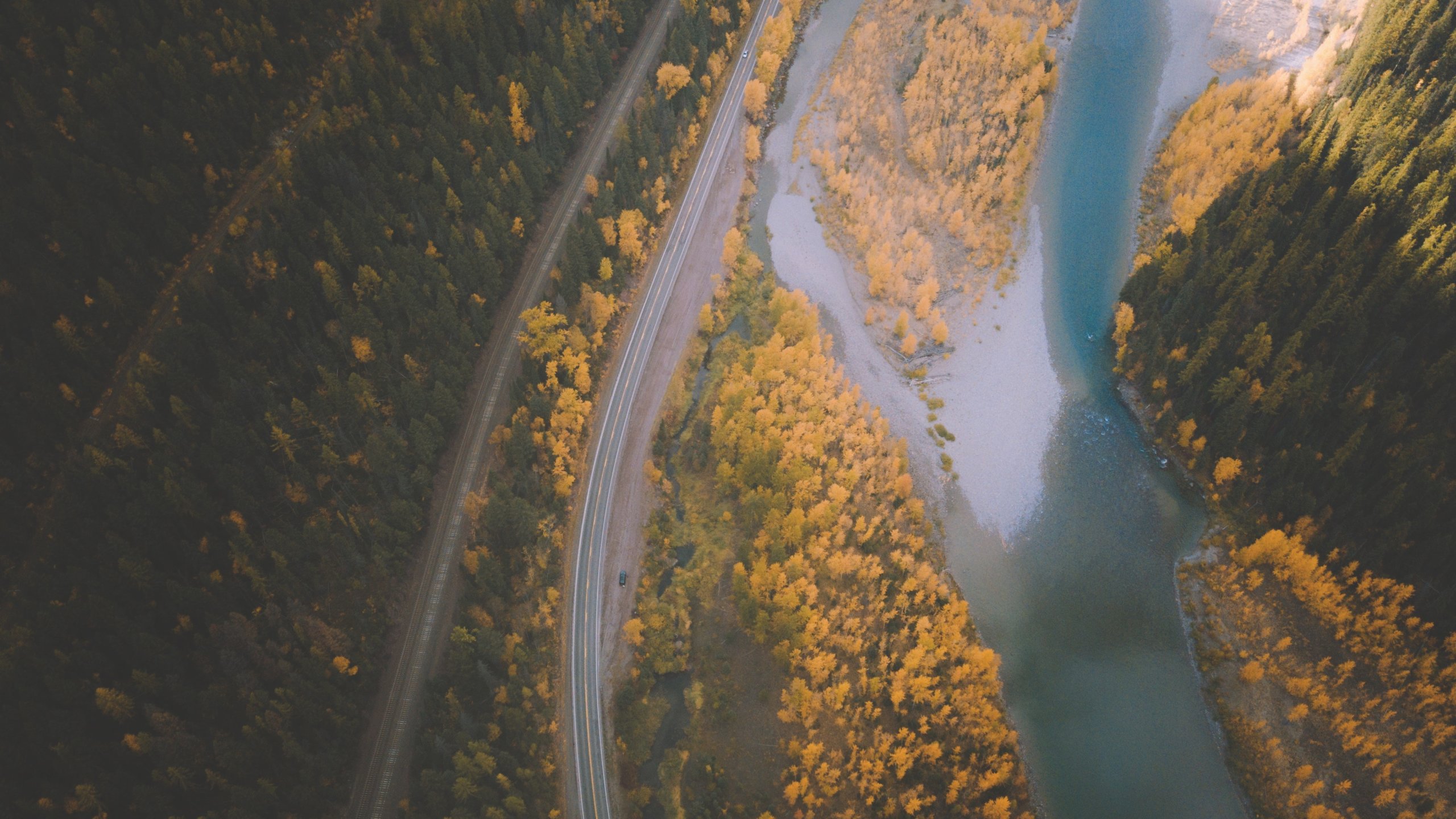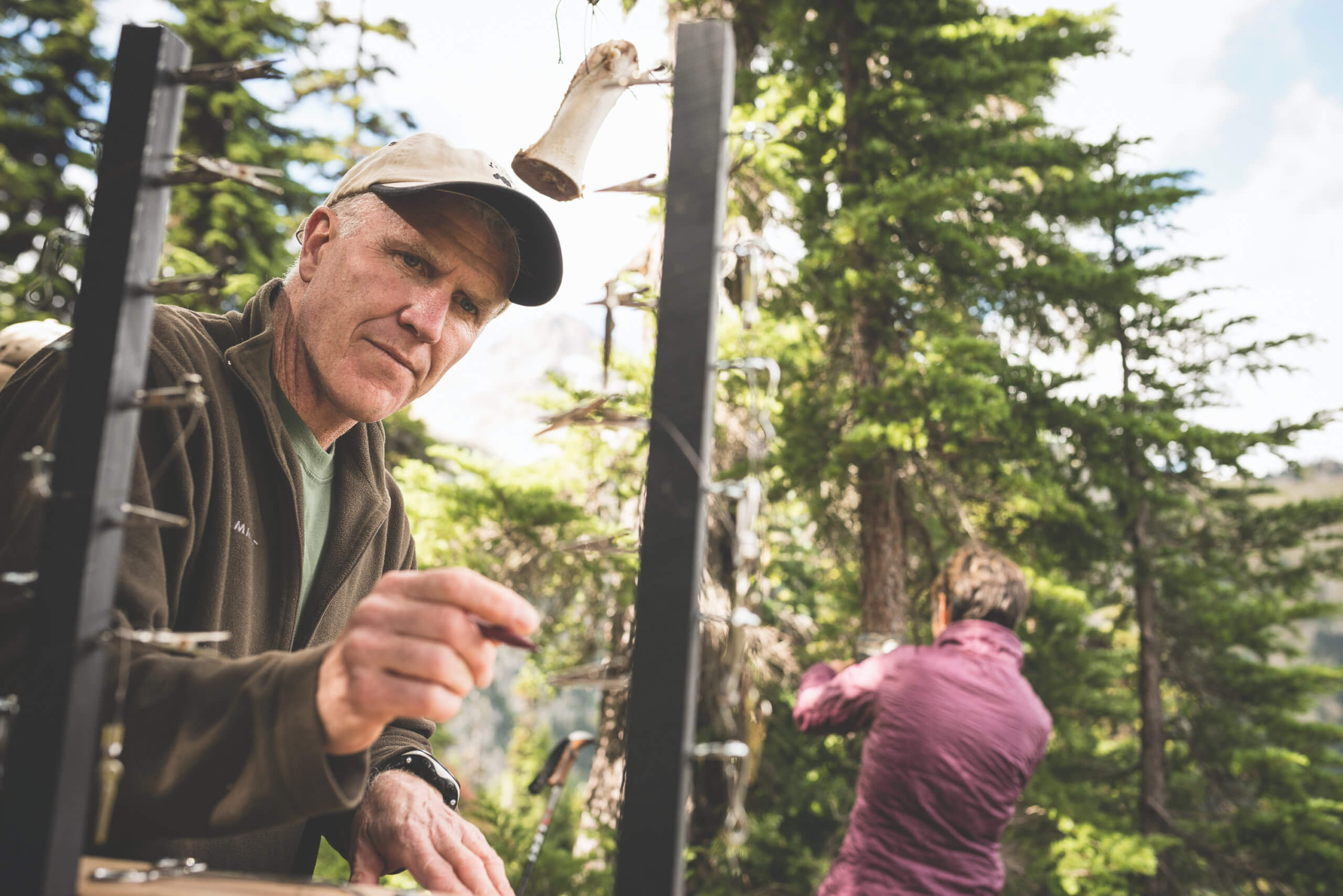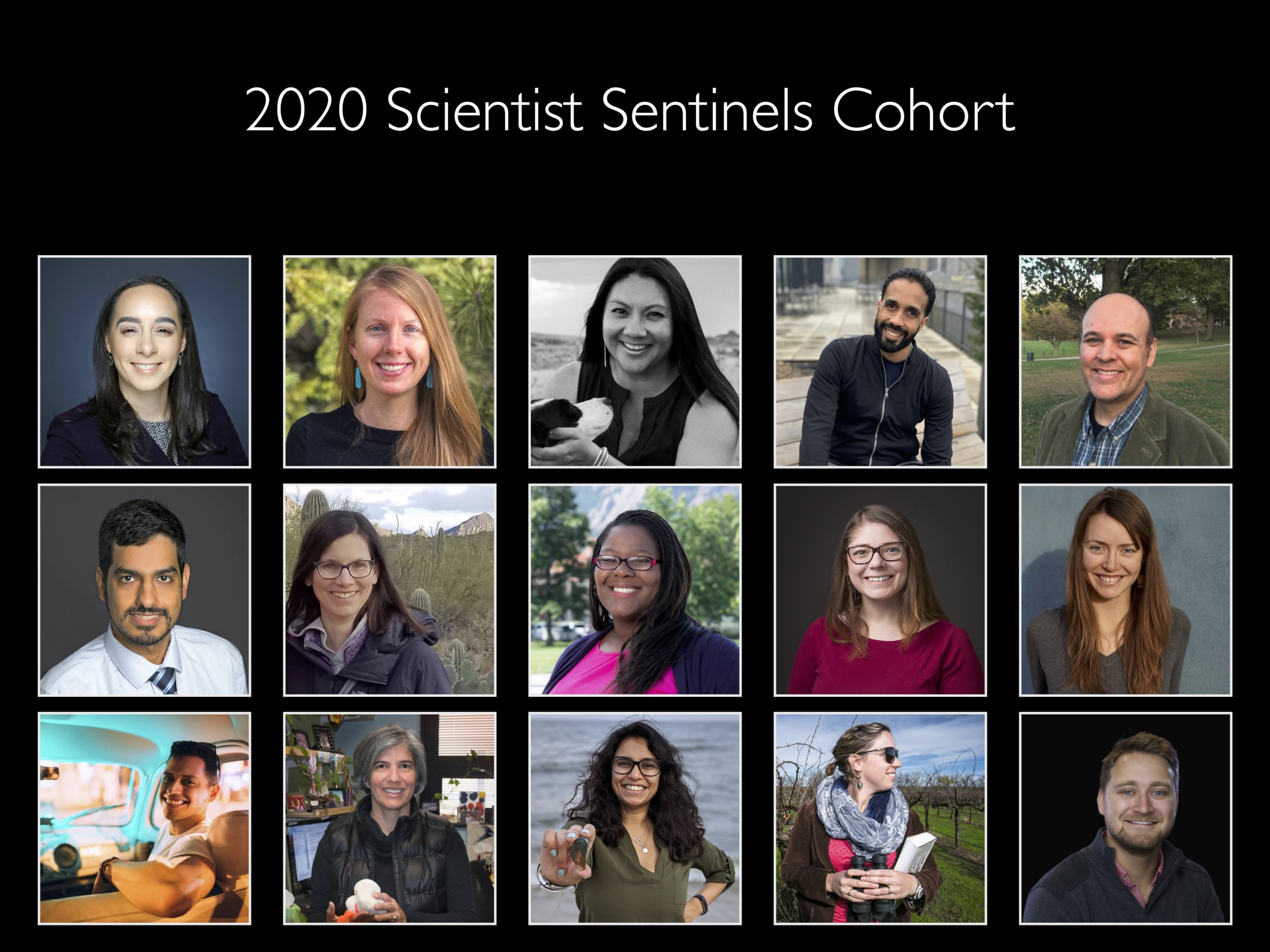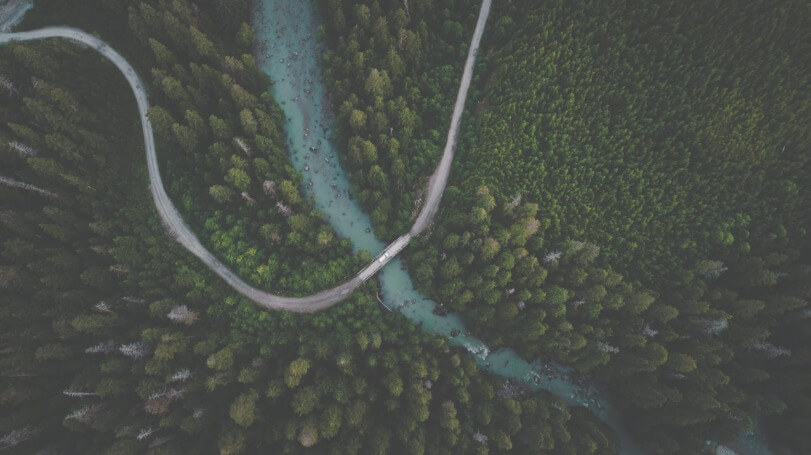2015 Wilburforce Fellow Erin Sexton is a Research Scientist and Regulatory Affairs Manager with the Institute on Ecosystems, at the University of Montana. Erin’s research focus encompasses the international landscape known as the Crown of the Continent Ecosystem, with an emphasis on aquatic ecology and conservation biology in the transboundary watersheds between British Columbia, Alberta, and Montana.
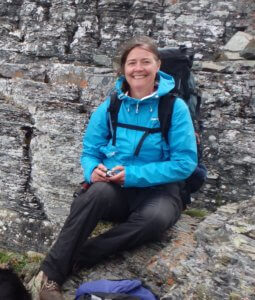
Erin Sexton
Here are some excerpts from my conversation with Erin about the Wilburforce Fellowship:
What advice would you give to scientists considering the Wilburforce Fellowship?
Don’t hesitate to apply because you’re intimidated. It is a really diverse group – you’re not too old, or too young, and you should apply regardless of where you are in your career. We had a wide variety of experience with respect to academia and time in the field. Some were at various PhD levels at Universities, while others were embedded in conservation networks and applying their science. There was something for everyone, both through the training and through the fellowship network. There is never any harm in putting an application out there, because you don’t know what the outcome will be and what the final cohort will be like.
Lots of people shy away from communications and media naturally. They don’t want to grab the microphone or pitch a journalist – but that’s a perfect reason to do this. Don’t be intimidated by the things you don’t know. The fellowship was great at speaking to all levels. There is something for everyone, and there were never any negative consequences for people who were more or less experienced.
When you go through school to become a scientist, it’s inevitable that you’re going to learn to communicate in a way that most people don’t understand. There’s no harm in any of us learning how to relate what is sometimes very complicated information to everyone, and also in learning that it’s ok to be a scientist with values. The reason we all get into this work, for the most part, is because we really care about the resources and want to study them and understand how they work so that we can make sure they endure. As scientists, we have learned the scientific method and this mantra of objectivity, but it is also okay to honor the values side of things. Often the values message, linked with scientific facts, is the most powerful message you can send. And the communication training will provide you with incredible tools and great expertise for being successful in communicating your science with the greatest impact.
What changed for you as a result of being a Wilburforce Fellow?
I can honestly say that talking to journalists and reporters has never been my favorite thing. In the past, when I got a call from a journalist, my first inclination was ‘I don’t want to talk to them!’
I think this made me more excited about picking up the phone and calling them back, and before I do that I use my Message Box. It is a great tool for distilling out the one thing I want this person to take away from talking with me. The communication training and design of the program is really effective, where the fellows are brought face-to-face with leading journalists and editors, putting us directly together and having us practice scenarios with the experts. I also greatly appreciated the relationship-building with the journalists themselves, and the sheer enthusiasm on the part of both COMPASS and Wilburforce with respect to helping scientists communicate successfully beyond normal academia – you get a ton of support.
The training also had an overall theme of being very strategic, what’s your goal as a scientist working in conservation, what’s the quickest way to get from point A to point B. I’ve gotten to the point where I think of things with a media lens – the training really helped with that – and for my collaborative projects, I’m not necessarily the media point person but I engage with those people more and work on those teams now. When I have a big result or outcome I think about those angles and how I might talk to the media about it. COMPASS has been really helpful in getting me in touch with key journalists and media contacts, and that support is on-going.
An important part of this fellowship is the network of fellows. How has that aspect affected you?
That’s been hugely rewarding. My cohort is an amazing community. They are the best of the best. I’ve been able to do projects with some of them, and that’s part of why I wanted to do the fellowship. We can be real with each other, share ideas, face challenges, and have built lasting friendships. I’m a scientist but I work in environmental collaborations, so I’m not necessarily surrounded by academics. I work a lot with NGOS and agencies and tribes/First Nations, so having a cohort of conservation scientists working on the issues we all deal with, whether it is wildlife connectivity or climate change – that was a big draw for me.
One of the fellows recently organized a symposium for the Society for Conservation Biology, “Bright Spots in Conservation,” and I volunteered for that. It was a hugely rewarding experience, presenting with my fellows and watching them showcase their amazing work. Being with all those great people pushed me to go beyond my comfort level with the standard presentation. I worked harder than I have before on presentations— trying to be impactful and inspiring and brief. It was great, challenging, super rewarding, fun and really successful. Overall, the fellowship is an experience that I am going to carry forward with me and will impact my daily work.
